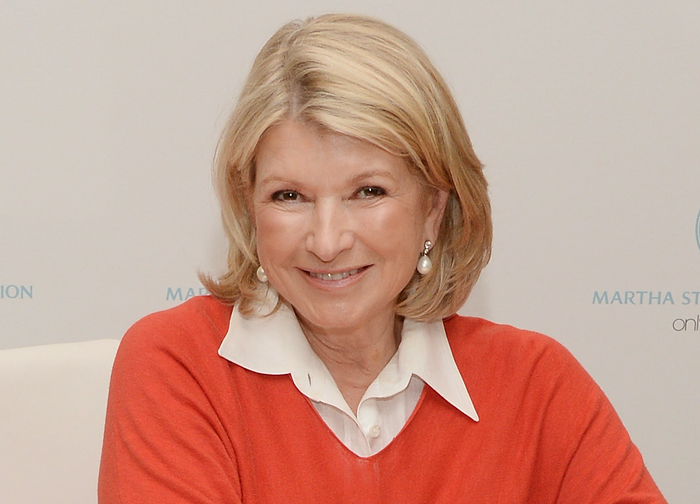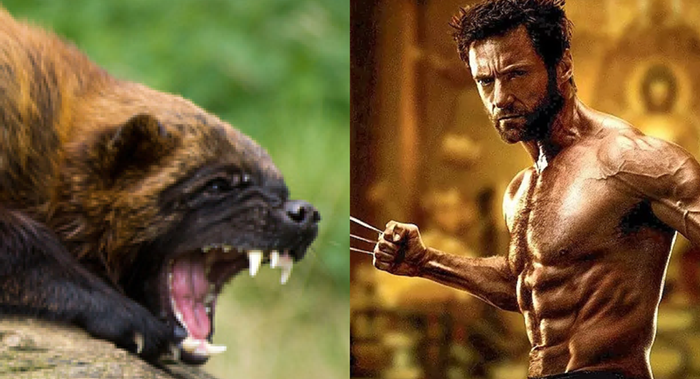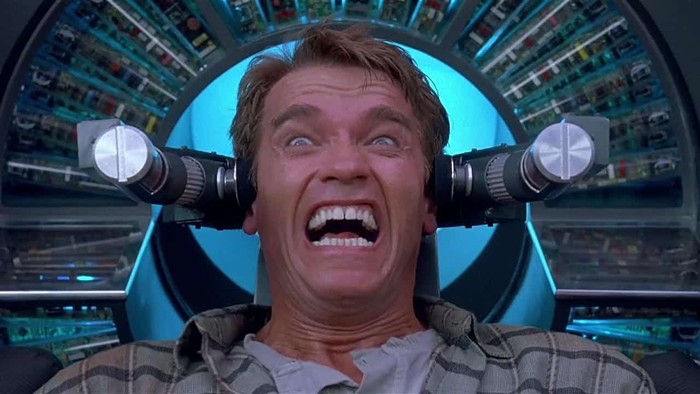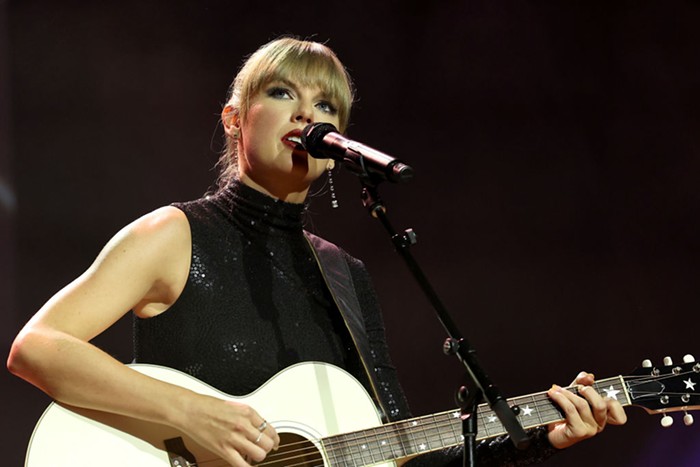Among Us and Curious is the third annual juried photography exhibition at Newspace, and like its predecessors, provides a broad view of contemporary photography practices. Unfortunately, as is the case with most exhibitions of its kind, the juried format attracts artists in the nascent stages of their career, and doesn't allow viewers to explore what any particular artist is trying to achieve, as we get only one (or in a few rare cases, two) photograph from each artist. But both of these limitations are par for the course and in no way unique to Newspace's show, which does offer two welcome opportunities: the chance to size up the juror's eye and personal tastes; and the sensation of having dozens of images, removed from their natural contexts, wash over you, with only their aesthetic merits to prop them up.
Darius Himes, who edits the Photo-eye Booklist and is considered an authority on photography books, juried Among Us and Curious. In his statement, he writes, "Different types of cameras—from the cell phone and the scanner to the view camera, the pinhole device, and the handheld 35mm—are within the reach of anyone with an inkling of artistic interest." I would have loved to have seen a show that reflects this plurality of approaches, but evidently not too many cell phone photographers received the show's call for entry, as the show is dominated by boring old handheld and view cameras. Himes did take an admirable extra step in dividing the show into three sections: "They Have Arrived," which gathers the show's more sensual, peripheral images; "They Are Among Us," where the more straightforward, documentary style photos hang; and "They Are Curious About Our Fauna," a small group of bestial scenes.
These subtitles suggest an alien invasion and, as Newspace's Chris Bennett suggested, an invasion of photographers, which ties in nicely with Himes' notes on the current democracy of image making. It's a bit of a stretch to make that jive with the actual work in the show, but here Himes' selections were at the mercy of what arrived in the submission box at Newspace. It is, however, a thoughtful way for Himes to try to organize a swath of disparate ideas and images represented in the show, which is ultimately what the artists involved are working toward as well—the quixotic and noble task of giving order to chaos.












